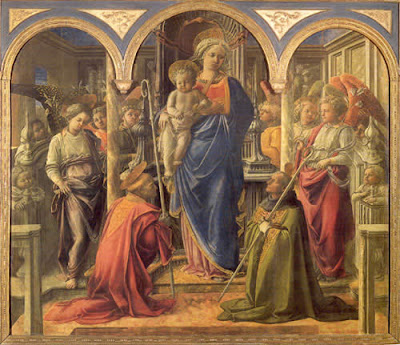English history is full of mysteries, and there are a number of facts, which are still the subject of research. Anne Boleyn, the queen consort of King Henry VIII of England, is one of the famous names that we can take as an example in this regard. She was the second wife of the king and was recognized as a key figure of English Reformation after her marriage and subsequent execution. The era of English Reformation was the time, when England progressed in various fields, such as art, culture, medieval costumes and more.
But, the word ‘reformation’ refers to the religious reformation against the dogmatism of Roman Catholic Church during that period. First, the king broke with Church of Rome in order to marry her and declared himself the head of Church of England. In this way, Anne indirectly contributed in reformation. Moreover, she was an open minded lady, which can be estimated with the fact that she argued to distribute the revenues to the charitable and educational institutions instead of giving them to church. She made this argument to Thomas Cromwell, 1st Earl of Essex. It is claimed that Thomas conspired against Anne because of his dispute with her.
Anne Boleyn born in the year 1501, and was the daughter of Thomas Boleyn, 1st Earl of Wiltshire, and his wife Lady Elizabeth Howard. She got the education in Netherlands and France, and returned to England in the year 1522 for marrying her Irish cousin, James Butler, 9th Earl of Ormond. But, the plans of her marriage with James failed, and she found the place as maid of Honor to Henry VIII’s first queen consort, Catherine of Aragon. In the year 1523, there was a secret betrothal between her and Henry Percy, son of the fifth Earl of Northumberland. But, the betrothal was broken in 1524, and she was sent back home to Hever Castle. King Henry tried to seduce her, which was one of the absorbing factors for his desire to marry her.
King annulled his marriage his first queen for marrying Anne. Roman Catholic Church declared it as illegal, but the king broke his relations with the church and declared himself the head of Church of England. There is no doubt that it seems that the relation was broken because of the selfish motive of the king. Still, it put some great impacts on the nation. He married Anne on 25th January 1933. She gave birth to Elizabeth on 7th September and could not give birth to son.
The relation of the two could not be continued for the long. She was found guilty for high treason in April 1536. Moreover, she was also accused of adultery and incest. There were no sufficient evidence found against her, but still she was beheaded on 19th May, 1536.
Despite the small time span of her existence as a queen, she became widely popular in England. Her renaissance clothing styles are copied by women in today’s scenario also. Moreover, some films have also been made on her biography. Interestingly, some researchers of occultism claim the existence of the ghost of Anne today also.







